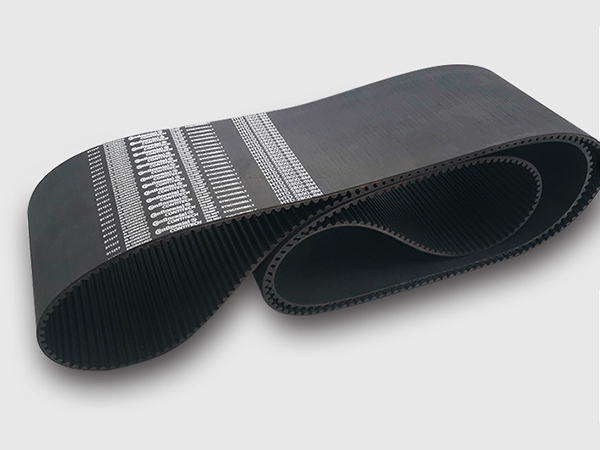Synchronous belts will have many faults in normal applications, in order to prevent such faults as soon as possible, and to ensure that they are prevented in advance, a few preventive measures for faults of synchronous belts are summarized.
1. The pre-tension distance should be adjusted before installation. If the pre-tension distance is not large enough, the working capacity of the transmission system of the timing belt will be greatly reduced, and the pulley will become hot as the temperature is greatly increased, and the parts will be damaged. On the contrary, if the pre-tension distance is too large, the service life of the timing belt will be reduced. Therefore, a moderately effective pre-tensioning force is a prerequisite to ensure all normal work of the same company.

2, because the supporting force of the synchronous belt will change with the increase of working hours, so the actual operating staff must adjust the supporting force of the synchronous belt on time. The size of the tension can be checked with a supporting force detector, and try to carry out a check and adjustment every month.
3. The installation precision of the belt pulley should be controlled well. In fact, the bearing capacity of the two sides of the non-parallel leather synchronous pulley is not symmetrical, and the edges are very easy to damage. Therefore, in the case of installing or replacing the timing belt, it is necessary to constantly adjust the two belt pulleys to ensure their flatness, and carry out a test run. If the object does not deviate from the direction during transmission, it indicates that the belt pulley is installed. It is up to standard.
4. At the level of human factors actual operation, it is important to improve and standardize actual operation management methods. Manufacturers should hire some technical professionals, or carry out uniform and rigorous learning and training for employees before entering the post, standardize the working methods of actual operation staff, and strengthen management evaluation. Only then can production safety be ensured to a higher limit.
5. Carry out cleaning and maintenance of machinery and equipment on time, check the operation of timing belts and timing pulleys, and adjust or replace them immediately. The cycle time for inventory and maintenance is generally around 15 to 20 days.